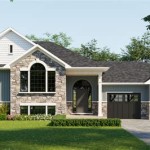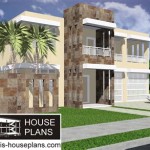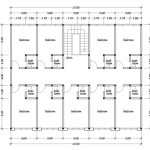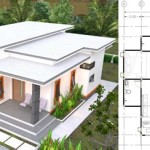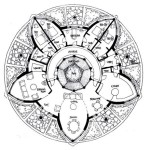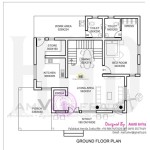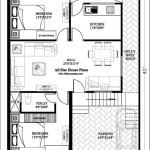Essential Aspects of Comprehensive Housing Complex Plans
Housing complex plans serve as blueprints for the successful development and management of residential communities. They outline crucial elements that ensure the long-term well-being and prosperity of residents. Here are the essential aspects that every comprehensive housing complex plan should encompass:
Vision and Goals
The plan should articulate a clear vision for the complex, outlining the desired future state including its character, aesthetic appeal, and functionality. Well-defined goals should accompany this vision, providing specific objectives to guide decision-making and progress tracking.
Site Analysis and Design
A thorough analysis of the site's physical characteristics, such as topography, soil conditions, and environmental factors, is vital. Based on this analysis, the plan should present a detailed site design that optimizes space utilization, promotes accessibility, and ensures safety and environmental sustainability.
Housing Unit Mix and Design
The plan should determine the mix of housing unit types and sizes, considering the needs of diverse residents. It should also establish design standards that ensure the units are well-designed, functional, and meet applicable building codes and regulations.
Infrastructure and Utilities
The plan should address the provision of essential infrastructure, such as roads, water supply, sanitation systems, electricity, and telecommunications. It should ensure that these systems are reliable, efficient, and environmentally sound.
Community Facilities and Amenities
To foster a sense of community and enhance the quality of life for residents, the plan should incorporate designated spaces for community facilities and amenities. These may include parks, playgrounds, community centers, fitness areas, and retail spaces.
Management and Maintenance
The plan should establish clear procedures for the management and maintenance of the complex. This includes defining responsibilities, establishing maintenance schedules, and outlining financial arrangements to ensure the long-term sustainability of the community.
Sustainability and Environmental Considerations
In today's environmentally conscious climate, the plan should prioritize sustainability. It should incorporate measures to reduce the complex's environmental impact, such as energy efficiency, water conservation, and waste management initiatives.
Public Participation and Involvement
To ensure the plan reflects the needs and aspirations of the community, it is crucial to engage residents throughout the planning process. Public participation can be facilitated through various channels, such as public meetings, surveys, and workshops.
Continuous Improvement and Evaluation
As communities evolve and needs change, the housing complex plan should be periodically reviewed and updated. Regular evaluations can identify areas for improvement and ensure that the plan remains relevant and effective.
By incorporating these essential aspects into housing complex plans, developers and community leaders can create comprehensive and sustainable communities that meet the diverse needs of residents and promote a high quality of life.

7 Housing Complex Plan Ideas How To Architecture

Plan Of The First Floor Housing Complex Scientific Diagram

20 Examples Of Floor Plans For Social Housing Archdaily

Layout Of The Typical Floor Residential Complex Scientific Diagram

Gallery Of Housing And S Complex Ameller Dubois Associés 13 Floor Plans Architecture Site Plan Dream House

High Density Housing Complex On Behance Building Design Plan Urban Architecture Apartment Floor Plans

7 Housing Complex Plan Ideas How To Architecture

20 Examples Of Floor Plans For Social Housing Archdaily

Residential Complex Plan Colaboratory

Residential Complex Plan Colaboratory

